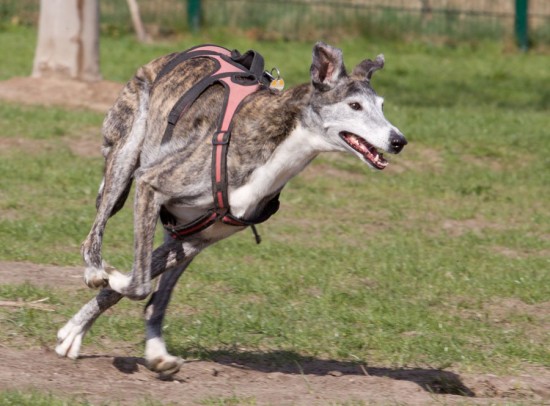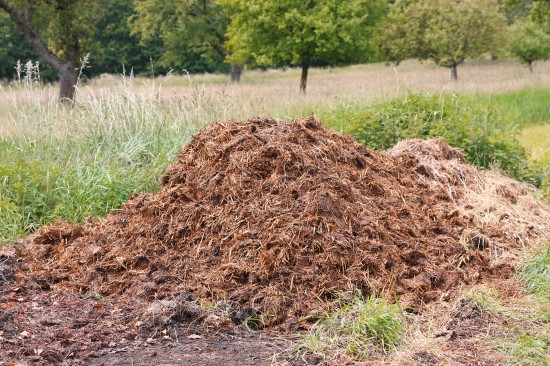Waterfowl migrate yearly like most bird species. They choose to spend their summers in Northern areas where the days are long and warm. This is the ideal setting for breeding and nesting. Once the days start to get short, waterfowl will fly South where the food supply will remain steady through the winter. With a lot of variation and plenty of East to West motion, migration routes can be difficult to chart, but we learn more about waterfowl migration every year.
During migration, waterfowl will generally return to the same nesting and wintering locations each year. They often use the same stopover places to rest along the way as well. This has been studied for years using banded birds as well as radar and basic naked-eye observation. Many waterfowl, such as geese, will learn their migration routes and resting places from their families as they travel them annually during their early lives. It is believed that, like many other birds, waterfowl use the earth抯 magnetic field as a directional aid during flight.
Although a specific family or bird may follow a slightly different path, a waterfowl migration route refers to the general flight path of a group or species of bird. These migration routes are grouped into larger corridors called Flyways.
Migration Flyways are the main arteries of migration that all birds tend to use. They consist of many smaller routes and often overlap. Research over many years has revealed that most bird migration can be separated into four major columns of flight. These are known as the Atlantic, Mississippi, Central, and Pacific Flyways. These flyways were first named based on data accumulated in the 1930s. The Fish and Wildlife Service has been using this as a system of understanding bird migration since 1948.
The Burbank Sportsmen抯 Club located in Washington State with its 204 acre Pacific Northwest location provides us a perfect spot along the waterfowl migration route to witness and take advantage of this beautiful seasonal progression.
For more information you can visit our website: we are one of the few duck hunting clubs in Washington.

 Retired Racing Greyhounds As Pets
Retired Racing Gr
Retired Racing Greyhounds As Pets
Retired Racing Gr
 Cats And Their Passion For Computer Keyboards
Cats And Their Pa
Cats And Their Passion For Computer Keyboards
Cats And Their Pa
 Whats The #1 Pet In The United States?
Hey animal lovers, can you guess what the number one pet
Whats The #1 Pet In The United States?
Hey animal lovers, can you guess what the number one pet
 Horse Manure The Smelly Truth - How The Law On Waste Could Get You In A Heap Of Trouble
Horse Manure The
Horse Manure The Smelly Truth - How The Law On Waste Could Get You In A Heap Of Trouble
Horse Manure The
 Five Good Reasons To Consider Getting A Dog
Five Good Reasons
Five Good Reasons To Consider Getting A Dog
Five Good Reasons